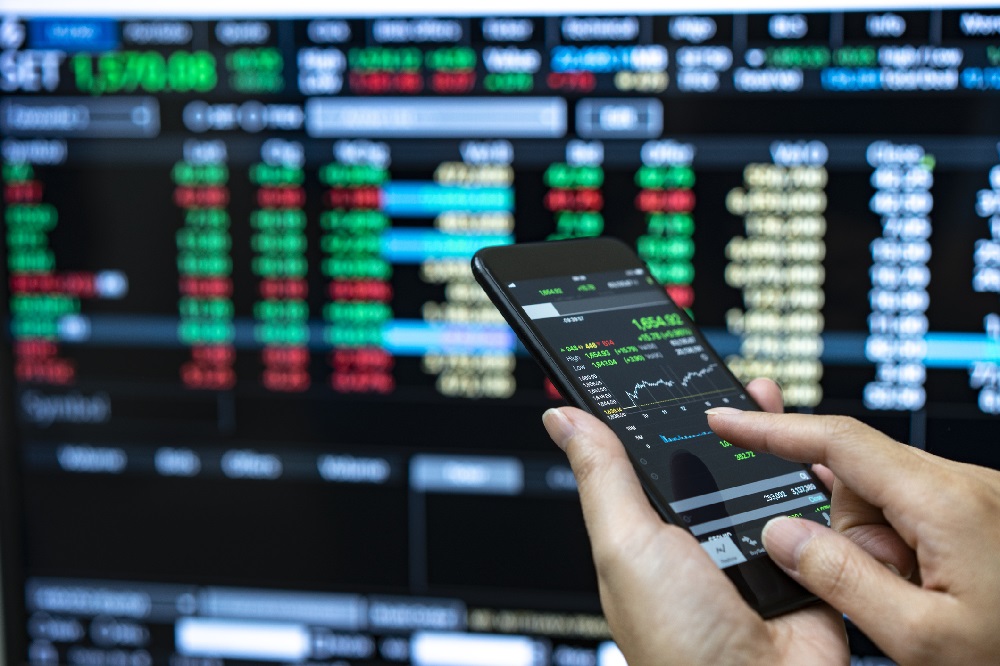Micro-payments represent the biggest shifts in how consumers pay for goods and services in the digital era. By allowing tiny incremental transactions, often just pennies at a time, they create new economic dynamics. Let’s examine what micro-payments are and the impact of broader economic factors when widely adopted.
Defining micro-payments
Micro-payments refer to extremely small cash transactions, usually under $10, that happens in real-time. Common examples include:
- Paying a few cents to read premium online content
- Unlocking new features or abilities in a mobile game
- Downloading songs from an online music service
- Accessing WiFi hotspots or transportation services for a small fee
- Streaming video sites charging per view
- Increased customer engagement and usage
- Lower barriers to purchase compared to large amounts
- Upselling opportunities once users make initial micro-purchase
- Steady cash flow from continual small purchases
- Low transaction costs and fraud risks due to small amounts
Micro-payments are useful in the news, gaming, video, and music industries. The model consumers pay for exactly what they use instead of subscriptions.
Macro-Economic Shifts
If micro-payment platforms see widespread adoption, they could have impacts on the broader economy including:
Increased Consumer Spending
By encouraging incremental spending, consumers devote more to micro-transactions. Impulse purchases a rising across many industries.
Changing business models
More companies may adopt micro-payment strategies and membership models supported by small recurring fees. It could disrupt established pricing setups.
Spurring microlending
Micropayments enable new platforms for peer-to-peer microlending in developing countries where transaction sizes need to be small.
Promoting financial inclusion
Micro-payments drive greater financial inclusion by allowing “unbanked” consumers to participate in digital transactions using prepaid cards or mobile money.
Shifting payment market share
As 소액결제 take off, the market share of credit cards, which currently dominate online payments tends to focus on larger purchases.
Propelling innovations
Micro-payment tech propels innovation in fields like blockchain, cryptocurrency, and open banking by providing real-world uses for small instant transactions. If consumers transfer micro-payment funds more frequently, this boosts the velocity of money or how rapidly funds move through the economy, spurring productivity.
Potential challenges
However, micro-payments also come with risks and drawbacks, such as:
- Overspending- Consumers may lose track and overspend through many micro-purchases.
- Financial Planning Difficulties- A variable stream of micro-payments makes personal budgeting more challenging.
- Transaction Costs-Handling a high volume of tiny transactions generates significant payment processor fees. Cannibalizing Other Revenue- Micro-spending may replace a portion of higher-price sales.
- Cryptocurrency Volatility- Crypto-based micro-payments could enable wild swings in transaction values.
- Compliance Hurdles- Regulating millions of micro-transactions requires oversight for fraud and money laundering.
- While the granular nature of micro-payments provides opportunities, it also represents uncharted territory.
- As with past payment evolutions like credit cards, it may take time to develop best practices and oversight.




